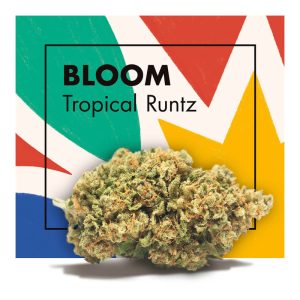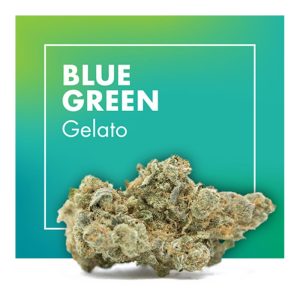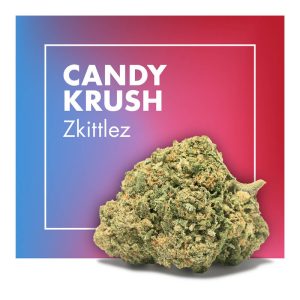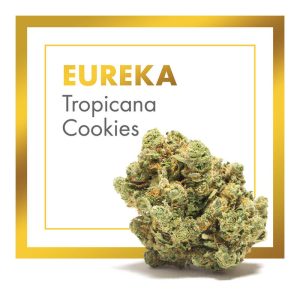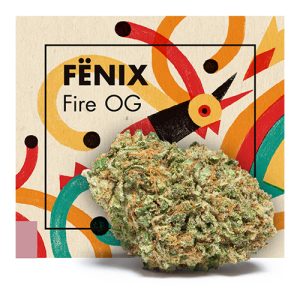In Ancient Greece, the use of substances for medicinal, recreational, and ritual purposes was common. While there was no clear concept of “drugs” as we understand them today, certain plants and substances were utilized for various effects.
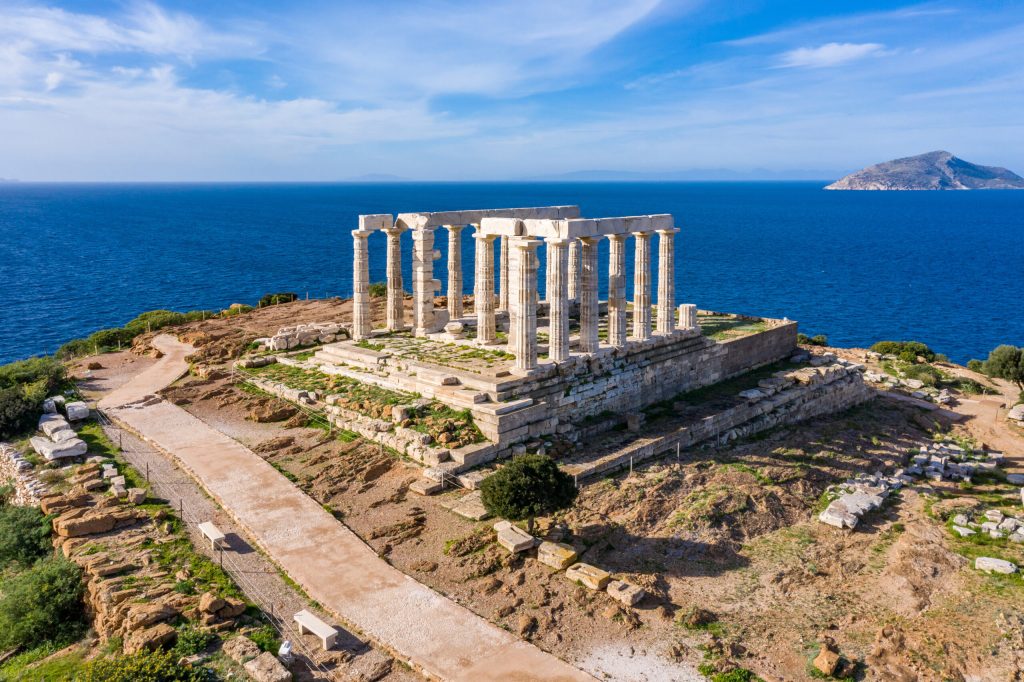
In the attempt to understand the evolution of human beings in the use of psychoactive substances, Ancient Greece emerges as a key milestone. During Classical Greece, the distinction between medicine and drug was not as clear as it is today; the term phármakon encompassed both the concept of remedy and poison. This leads us to question whether these substances differ as much from today’s substances as to make the division between drug and medicine necessary in modern times.
Opium in Ancient Greece
Opium was a substance particularly consumed during that time, and its derivatives are widely used in medicine today, even recreationally when it comes to substances like heroin or fentanyl. Therefore, it is no coincidence that opium already had its place in Hippocratic treatises: “The variety of black seed (hypnotikon mekonion) is recommended for all kinds of ‘uterine suffocations’” (Escohotado, 1998, p. 101).
However, its use was not limited, as in modern medicine, to alleviating pain; it also had other applications: “Opium was considered an ideal medication for dealing with the consequences of wanting to remain chaste while the sting of lust pulses” (Escohotado, 1998, p. 101). In fact, we owe the Latin word opium to these Hippocratic writings: “It originates from this treatise specifically, where the opos (‘juice’) of the poppy is mentioned as being indicated for such purposes” (Escohotado, 1998, p. 101), although, curiously, it is this very school that has used this drug the least, staying true to its principle of “healing by letting the physis work on its own and with a minimum of pharmacopeia” (Escohotado, 1998, p. 101).
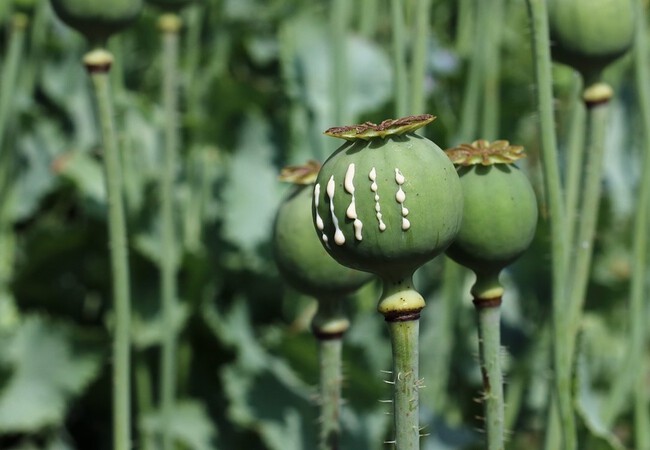
Opium became a central element of Greek medicine, perfectly embodying the concept of pharmakon—”equidistant from both the panacea and simple poison” (Escohotado, 1998, p. 103). Used by all medical schools, its importance grew especially after the decline of Athens, becoming the most studied medicine in the Mediterranean basin, and remained a constant in Greek medicine for more than five centuries. Interestingly, during all this time, no social problems related to its consumption were reported. Administering opium, whether to oneself or others, was not seen as a threat to social order: “Absolutely no one thinks that someone degrades themselves or threatens civil order by administering opium to themselves or to others” (Escohotado, 1998, p. 103).
The Eleusinian Mysteries
However, the use of drugs was not limited to medicine; many were also used in a religious context.
The Eleusinian Mysteries were probably the most famous of the ancient world. It is difficult to determine their origins, with some estimating they date back to the 15th century BCE, but it is certain that they predate the Iliad and the Odyssey (Escohotado, 1998). Prominent figures such as Plato, Aristotle, Pausanias, Pindar, Aeschylus, Sophocles, Cicero, Hadrian, and Marcus Aurelius all participated in these Mysteries (Marín-Gutiérrez, 2008). These Mysteries were dedicated to the Greek goddesses Demeter and Persephone. According to legend, Demeter, the goddess of grain and fertility, established these mysteries as a thank-you for finding her daughter Persephone, who had been abducted by Hades, the god of the underworld. During the search for her daughter, Demeter neglected the earth, causing the first winter. When she finally reunited with Persephone, the earth blossomed once again, marking the beginning of spring.
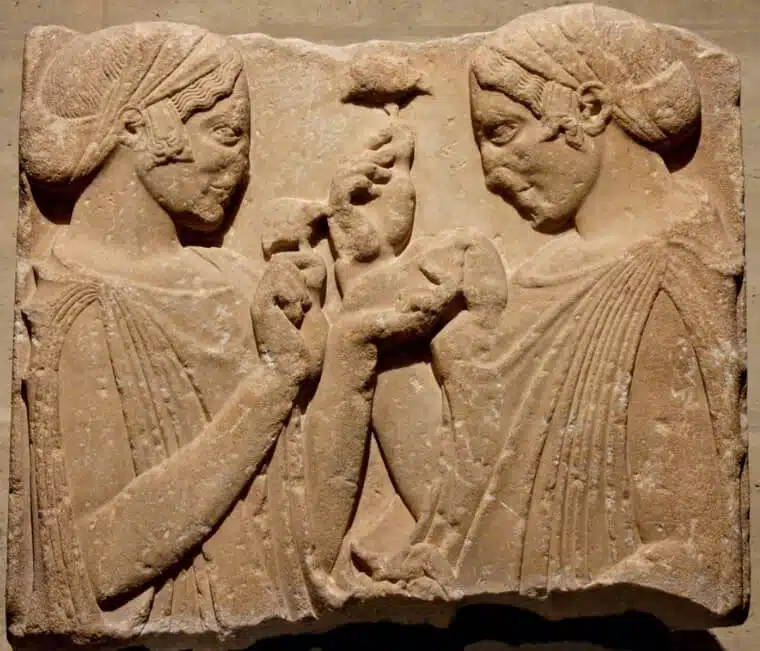
The Mysteries were celebrated annually and consisted of a series of initiation rituals, which included two main phases: the Lesser Mysteries and the Greater Mysteries. The Lesser Mysteries were held in the spring and involved fasting, purifications, and sacrifices, while the Greater Mysteries, celebrated in the fall, culminated in a nocturnal initiation ceremony (Marín-Gutiérrez, 2008).
During the ceremony associated with the Greater Mysteries, Athenians would pilgrimage to Eleusis to fast and consume the so-called kykeon, a hallucinogenic drink: “A preparation called kykeon or ciceón, a special hallucinogenic drink, was ingested. Participants had astounding visions” (Carod-Artal, 2013, p. 35).
The Eleusinian Mysteries were shrouded in obligatory secrecy. “The aspirants to initiation swore on their lives to keep the details of the experience absolutely secret, and they did so” (Escohotado, 1998, p. 113). This discretion was enforced under the penalty of death: “The laws of Athens made it a crime to speak of what occurred in the telesterion of Eleusis” (Hofmann, 2013, p. 6). The Homeric Hymn to Demeter, recited during these rituals, tells how the goddess taught her Mysteries to the princes of Eleusis, Triptolemus and Eumolpus, but regarding these ceremonies, it states: “It is not lawful to neglect, scrutinize out of curiosity, or reveal, for the great reverence due to the gods silences the voice” (Homer, 2001, p. 2000). This secrecy has led to numerous theories, which remain speculative and cannot be confirmed. However, the constant references in ancient literature to the intoxicating power of the lolium temulentum (darnel), which has no pharmacological effects on its own, suggest that the hallucinogenic component of the kykeon likely came from the ergot (rye ergot) that parasitizes this plant, which produces lysergic acid amide (LSA), a compound with potent psychoactive effects and a precursor to lysergic acid diethylamide (LSD), discovered by Albert Hofmann.
Recent botanical research has shown that the Greek mainland contains the least toxic variety of rye ergot known on the planet, and it is quite likely that some pharmacologists used various plants parasitized by ergot to obtain highly active drugs (Escohotado, 1998, p. 99).
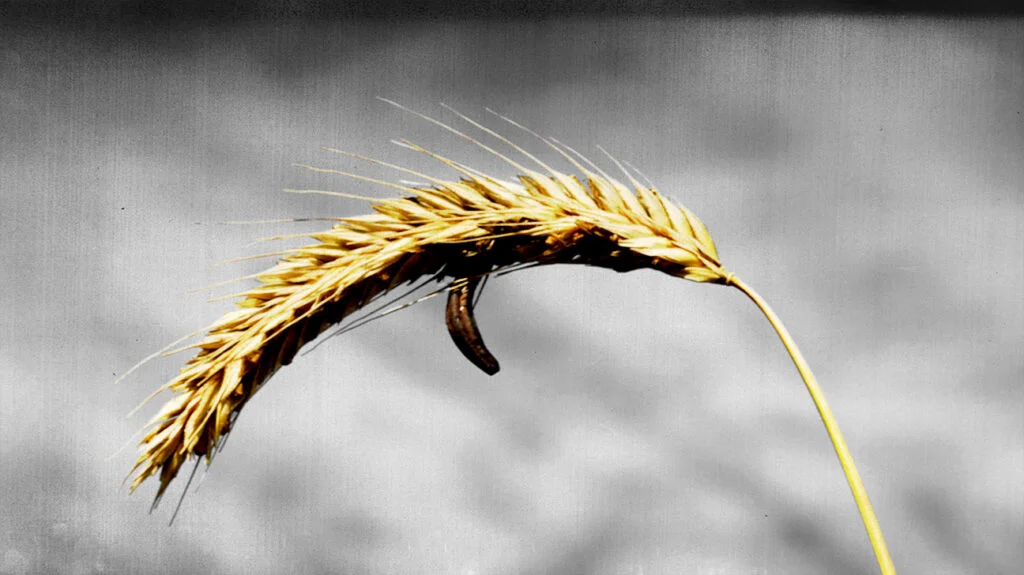
The theory of the presence of darnel in the kykeon has been supported by numerous scientists, including the very father of LSD, Albert Hofmann, who demonstrated the existence of LSA in rye ergot (Hofmann, 1978) and later theorized about its place in the sacred drink.
Eleusis was the ultimate experience in the life of an initiate. It was so in both a physical and mystical sense: tremors, dizziness, cold sweat, and then a vision that turned everything previously seen into a form of blindness; a feeling of awe and astonishment before a glow that provoked deep silence, for what had just been seen and felt could never be communicated: words could not capture such an experience. Such symptoms unmistakably correspond to the experience produced by an entheogen (Hofmann, 2013, p. 3).
The importance of these Mysteries in the history of Western thought is undoubtedly vital. It may not be a coincidence that Presocratic philosophy arose so closely to these rites. The philosopher Terence McKenna proposed the daring theory that the ingestion of psilocybe mushrooms played a crucial role in the evolution of Homo antecessor to Homo sapiens (Rodríguez et al., 2012). What is certainly a confirmed fact is that thinkers of the caliber of Plato or Aristotle, who have radically shaped Western thought, were strongly influenced by these rites. Not for nothing did a philosopher of Hegel’s stature dedicate the end of his work Youthful Writings to an eponymous poem about Eleusis, and the following verses may prove enlightening:
Alliance without seals or promises,
to live only for the free truth and never, never,
in peace with the precept that regulates opinions and affections.
(…)
Drunk with enthusiasm, I would now catch
visions of your surroundings,
I would understand your revelations,
I would know how to interpret the elevated meaning of your images,
I would hear the hymns of the divine banquet,
its high judgments and advice… (Hegel, 1978, p. 214).
Dionysus and Wine
The use of wine in Ancient Greece and Dionysian cults played a fundamental role in both social life and religious rituals. As for wine, it was seen as a phármakon (remedy) that not only provided pleasure but also served a sacred and therapeutic purpose. Plato, in his dialogue Laws, asserts through Socrates: “Let us not vilify the gift we have received from Dionysus, pretending it is a bad gift and not worthy of a State’s acceptance!” (2014, p. 671). This respect for wine was deeply ingrained in Greek culture, where it was used in religious ceremonies, banquets, and as part of everyday life.
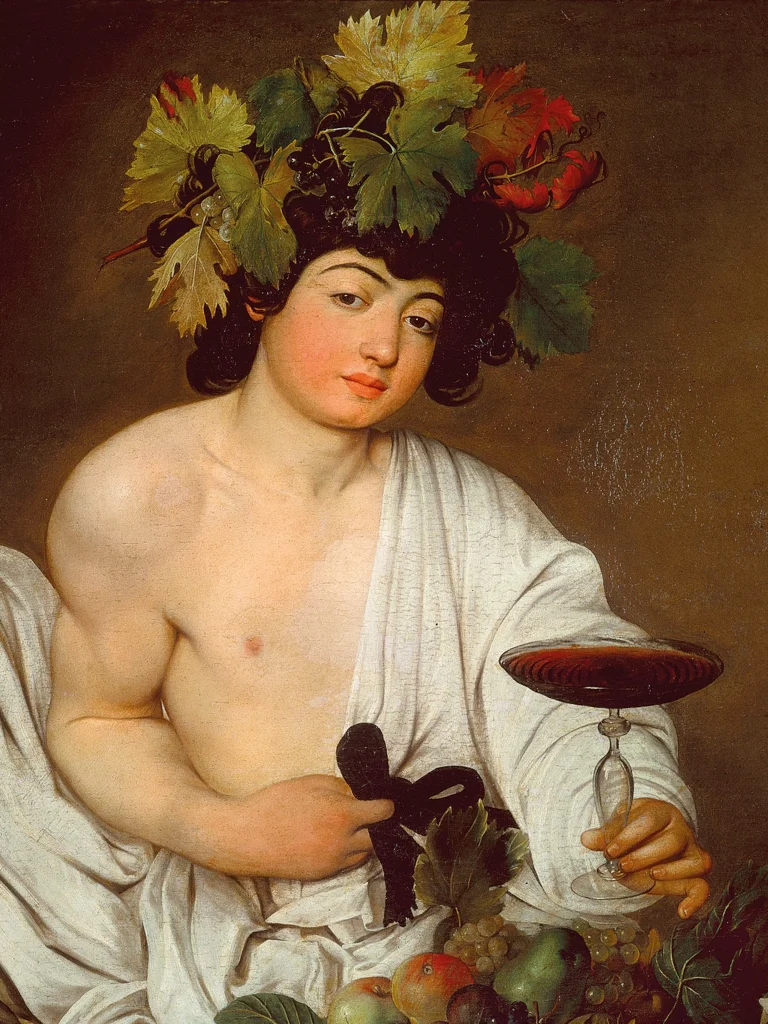
Among the Greeks, there was a recurring concern about this phármakon, with the debate revolving around the potential negative effects that wine could have on the life directed towards knowledge, as proposed by Platonic philosophy (Escohotado, 1998). Therefore, it is in wine that we begin to observe an incipient moral component associated with phármakon.
Alcohol becomes the seed that will germinate in the abandonment of the dual conception of substance as poison and remedy, sidelining moderation and proportions. Thus, a moral debate begins regarding the substance, discussing its intrinsic goodness or evil, whether it is inherently good or bad, without considering prudent or excessive consumption. Interestingly, it is one of the most consumed substances today, generally holds a legal status in the Western world, and is one of the least marginalized drugs.
As for the Dionysian cults, these rituals were a way to channel and domesticate hysteria through official rites. As Nilsson observes in his work History of Greek Religion: “The Greeks took the dangerous sting out of the Dionysian cult by including it in the regulation of official rites” (1969, p. 31). This institutional control allowed the excesses of the Dionysian cult to remain within acceptable limits, providing an outlet for social and personal tensions. “Orgastic drunkenness is both acknowledged and domesticated, transforming into a religious rite, and the vanity of a political power destined merely for repression is regularly abolished in the common festive ecstasy” (Escohotado, 1998, p. 108).
Conclusion
The use of drugs in Ancient Greece provides a historical perspective on how some of the psychoactive substances we now consider drugs and medications were integrated. The Eleusinian Mysteries and Dionysian cults are examples of rituals that sought spiritual purification and divine connection through substances.
What stands out is the secrecy that protected these practices, which still persists today, as seen in the ceremonial use of psychedelics in modern spiritual communities. It is also striking that the use of psychoactive substances in Ancient Greece, when controlled and ritualized, did not generate social conflicts, showing a cultural acceptance that allowed these substances to be managed with reverence and regulation.
With alcohol, we also see the first significant shift in the perception of drugs, introducing moral debates about its effects and role in daily life. This change reflected a growing concern over potential abuse and the social consequences of excessive consumption, establishing a foundation for current debates on regulation and ethics in the use of psychoactive substances.

